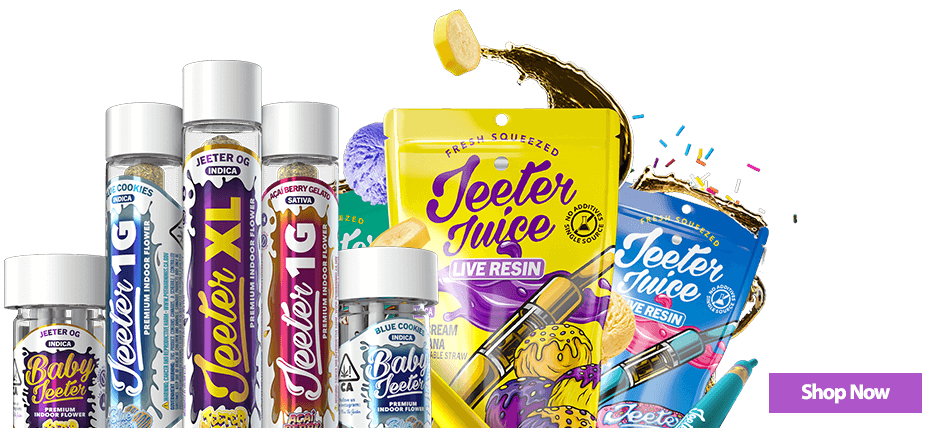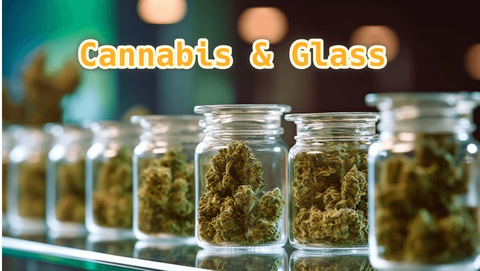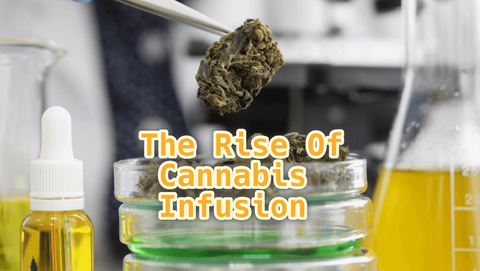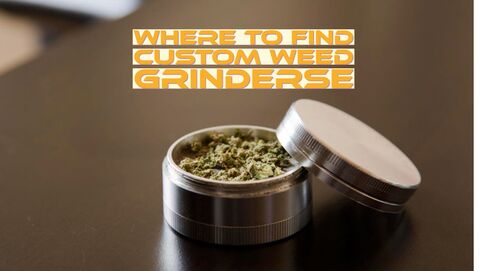Latest Blog Posts
Top rated
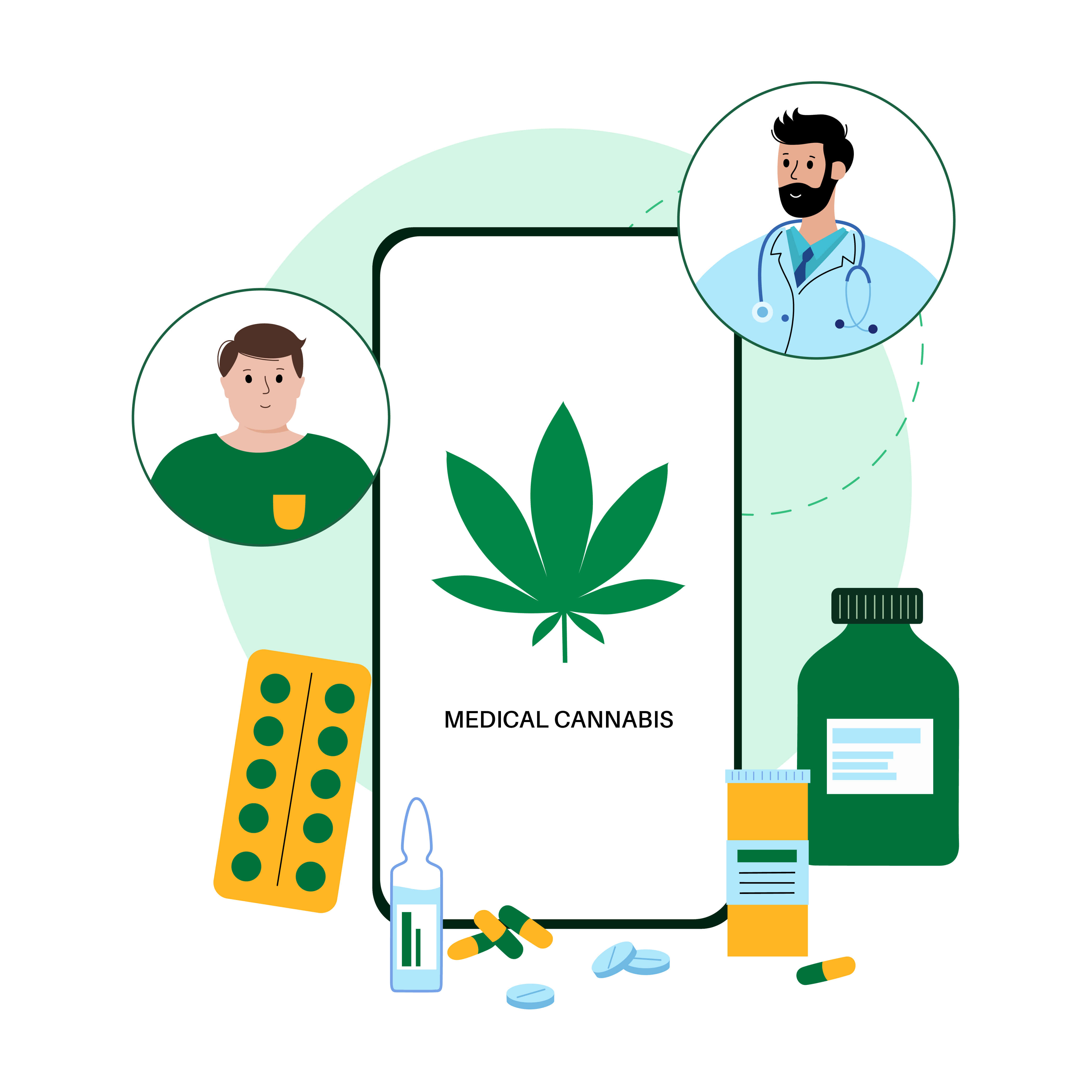
What You Need To Know Before Buying Weed
Understanding how to navigate the legal landscape, buying your weed legally, and the scientific properties of cannabis are all things to consider when purchasing the pot. There is a lot of confusion surrounding this, and many consumers who want to enjoy the benefits of cannabis may feel unlucky if they do not know who to call or where to buy the drug. Nowadays, marijuana may be purchased from dispensaries or online websites in regions where cannabis sales are permitted.
Marijuana dispensaries have been around for a long time, but it would be safe to say that they have not taken the world by storm. Most dispensaries are run in a standard fashion: slowly, carefully, and thoroughly. They do not just sell marijuana; they are constantly contacting their clients. They listen to their wishes and desires and serve them accordingly.
The dispensary is also at the forefront of cannabis education. They educate their clients about the plant itself and how it works. There are even some dispensaries that promote cannabis for medical and recreational purposes.
Marijuana has been a medical drug for over a century. When you enter a dispensary, you will see shelves full of marijuana strains, from Indica varieties like Blue Dream to Sativa varieties like Chemdawg and Sour Diesel. These strains differ from one another in both taste and effects. Some have more bodies than others, so it can be helpful to distinguish between them based on the amount of body they give you.
There are also many different types of marijuana edibles, including honey or concentrates, which can be made into gummies or thick squares added to coffee or tea (or baked goods). The THC levels are usually measured in milligrams per milliliter (mg/ml), so different marijuana strains may have different levels of THC. Concentrates like wax or shatter may contain far less THC than buds or leaves; however, they pack more intense effects than buds or leaves (higher doses may be required).
These are all varieties of marijuana available at dispensaries, but many others are not sold at dispensaries. These include oil concentrates like wax, edibles, and tinctures made from hemp instead of marijuana. Typically, these products are not sold at dispensaries because they do not contain enough THC; however, CBD is an effective pain reliever because it doesn’t induce any psychedelic effects like THC does when smoking pot. CBD can help relieve symptoms such as anxiety associated with chronic pain.
Some people might think about purchasing weed online through online retailers such as Weedbates because this is more convenient than visiting a dispensary with no parking lot. Weedbates has an extensive amount of information on each product, including flavors, effects, and strain history.
The Legal Status of Marijuana
The United States government has been unsuccessful in passing laws that would allow people to consume marijuana legally. Whether or not a person can possess marijuana for recreational purposes has been discussed for decades.
Although possession of small amounts of marijuana has historically been legal, the federal government still views possession as a crime. Therefore, having marijuana in a state where it is legal does not necessarily mean you will be able to purchase it there—or anywhere else either.
Research shows that there is little difference between different strains, and users experience other effects when taking the drug depending on the strain they are using. However, there are some differences in how these effects manifest depending on the strain used.
One particular strain can have a more immediate effect than another because it stimulates more receptors throughout the brain than others do—and those receptors are much more receptive to active compounds (marijuana) than passive ones (alcohol).
For example, taking a high-cannabis strain to gain friends attention may experience a more significant positive change than taking an alcohol-based remedy such as vodka or white wine. These drugs tend to produce fewer side effects than their counterparts (water and alcohol) upon consumption.
Another area that needs some clarification is how exactly smoking pot affects one's mental abilities? This becomes an important issue when a person wants to avoid drug abuse for medical reasons. Since marijuana contains THC —the active ingredient responsible for its psychoactive properties — one can have harmful side effects after smoking pot depending on what one smokes or snorts (Cannabis). One significant observation made by researchers was that THC only affects short-term memory while CBD acts similarly on long-term memory in humans.
Medical Marijuana and its Benefits
Marijuana is a plant that has been cultivated for thousands of years. It has been used for its psychoactive properties, which include the ability to stimulate mental activity and create euphoria. The plant’s effects are explained as “getting high” by the one who experiences them.
One of the most prominent benefits associated with smoking marijuana is anxiety reduction. This is because marijuana similarly affects the brain’s receptors to an antidepressant drug, like Prozac or Zoloft.
Research done at Columbia University Medical Center shows that people who use cannabis reduce their stress levels by almost 20% to over 5%. That weed smokers may feel less stressed than those who use pharmaceutical-based drugs like Prozac or Xanax.
Despite marijuana being used for centuries, very few studies have been conducted to determine if cannabis has a medical value for any disease. Researchers have recently begun to investigate the medical uses of cannabis, particularly medical marijuana dispensaries (also known as MMJ shops).
The Columbia study found that when patients were given medical marijuana, there was an increase in “self-reported pain relief, decreased nausea and vomiting caused by chemotherapy treatment, improved appetite and weight loss” compared to when they were not given it.
Another study on MMJ patients found that “survey responses revealed several psychological differences between MMJ patients and control subjects regarding their perception of pain relief and their positive perception of both positive life events (e.g., marriage) and negative life events (e.g., divorce). At the same time, there were no significant differences in pain intensity ratings or perceived life events between MMJ patients and control subjects.”
Based on these findings, it can be said that smoking weed helps alleviate some multiple sclerosis (MS), cancer chemo-radiation side effects, anxiety disorders, depression, ADHD, ALS, glaucoma, HIV/AIDS, Crohn's disease, epilepsy: seizures, migraines, and Alzheimer's disease.
How to Use Marijuana for Medical Purposes
Cannabis is a plant that has been cultivated for thousands of years. But it is a tree that has been used to create medical marijuana products since the 1960s. With one in eight people having some medical condition in this era, marijuana has become a popular alternative medicine.
It is also common knowledge that medicinal marijuana helps patients improve their health and well-being. However, as with any medicine or supplement, there are side effects and risks associated with its use in daily life. Important questions will be addressed in this article regarding the medical use of marijuana:
1) What exactly does marijuana do?
2) How does marijuana work?
3) How do different strains affect one’s health?
4) Are there any effects of smoking weed?
5) Will smoking make you more creative or stoned?
Recreational Marijuana and its Benefits
It is wonder to know that how marijuana dispensaries differ from other marijuana delivery services—if you’re like most people, purchasing weed for recreational use is only a pipe dream. It can be very challenging to buy marijuana at a dispensary because the product is usually sourced from growers who are happy to sell it to you for free.
Suppose this doesn’t sound like cup of tea. People can always go for the medical marijuana route (cannabis strains, ganja effects). The difference between dispensaries and other cannabis delivery services may be subtle. However, they do exist, and they need to be addressed so that customers have a clear understanding of what they are buying when ordering online or through social media.
Here are some tips to distinguish between dispensaries and other delivery services:
1) The Dispensary will have some identification on their website and signage that directs customers in the right direction. This can include a map or QR code that will show where their store is located.
2) Always look for an official business card or phone number on hand before phoning them up (be careful if they manually input your phone number).
3) Look for a “cannabis delivery service” logo instead of simply describing oneself as a “dispensary” or “medical cannabis company” (this will help to differentiate them from others).
How to Buy Marijuana Legally
Sometimes, buying marijuana can be a real hassle. Is the store too far away? Too hard to navigate? The website doesn’t have the exact information you need, and you don’t necessarily know what you are looking for.
When it comes to buying marijuana in the United States, many people turn to cannabis dispensaries. They often provide more information than other retailers:
● They have a better selection of strains
● They usually have the most recent strains on hand
● They are more environmentally conscious and sustainable
● They may even offer free samples
But do these dispensaries have enough to ensure that their customers get the right product?
The federal government currently has no laws regarding recreational marijuana sales in states where it is already legal. If you live in one of these states, no law says you should buy marijuana from a dispensary. However, there are still some guidelines that businesses should follow to avoid getting raided by local authorities or state law enforcement agencies.
One recommendation is not to advertise or put up signs outside of dispensaries, including posters and digital ads on social media platforms like Facebook and Twitter. For retail marijuana stores or dispensaries selling the drug for recreational purposes), this guideline suggests that businesses should:
● Increase transparency about how much cannabis each customer will receive
● Provide information about how much THC/CBD a customer will receive
● Use non-violent means (such as clever branding) to let customers know exactly what they are buying
● Offer discounts based on a customer’s purchasing habits (such as paying $5 for 1 gram)
The increase in cannabis consumption has been a a controversial subject for many years. To take a deep dive into the topic, it is also known that the popularity and legal acceptance vary between different regions worldwide.
To maintain control over cannabis consumption in each country, there is no doubt that different regulations have been put in place to regulate this substance. For example, in Canada, adult-use marijuana can only be sold at malls and stores; but it can be sold at any store or shop for medicinal purposes. By contrast, in the United States, dispensaries can sell recreational marijuana as long as they are not located within 1,000 feet of a school or hospital where children may be present.
Despite all these restrictions on selling cannabis products, it is believed that more people will eventually start buying these products. There is also good evidence of increasing marijuana usage among young people as an alternative to alcohol and tobacco. For instance, one study found that nearly two-thirds (62%) of high school students admitted to smoking pot at least once a month, while only 29% among college students.
As per the research report by The Global Marijuana Policy Project, there were more than 7 million current users (1.4% of the U.S population) in 2016. The state with the highest number of current users was Oregon (546 thousand), followed by Washington (336 thousand) and Vermont (282 thousand). Meanwhile, California had 3 million regular users. In addition, there were 1.5 million current users among 18-24 years old.
Aside from these statistics, some states have legalized marijuana for recreational purposes. Some allow medical marijuana, which means patients can buy pot for their medical condition if they have a doctor’s note from their doctor or health professional recommending such treatment. At the same time, others permit only non-smokers to use this drug – allowing only those smoking marijuana with no other drugs in their bodies, such as nicotine (nicotine replacement therapy) or medication (opioid medication).
The Bottom Line
There are many states where marijuana is now legal for recreational purposes. Not all states allow their patients access to this drug under medical conditions – thus creating a massive gap between what they should pay and what they receive when purchasing it through dispensaries online or even at stores located close to schools or hospitals which accommodate children who may be present when purchasing marijuana.
Disclaimer: This material is for informational purposes only and should not be relied on for legal, medical, financial, or any other form of professional advice.

